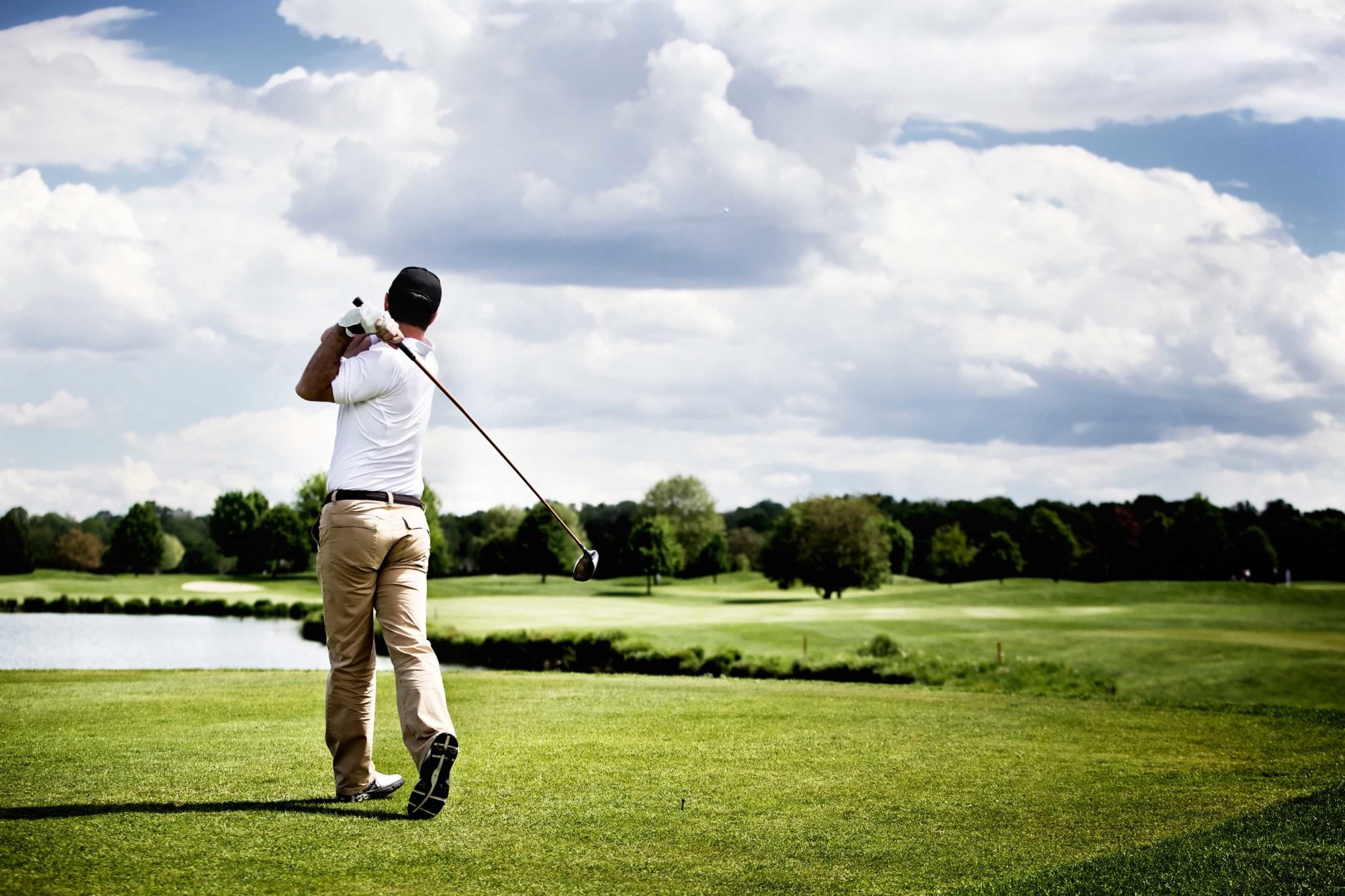If you hurt your elbow playing golf, seeing an orthopedic specialist at the Hartford HealthCare Bone & Joint Institute makes sense. But what if you want to improve your swing with a 3-D analysis by a biomechanist?
The Motion Lab at the Center for Musculoskeletal Health, part of the of the Bone & Joint Institute, turns sport into science with assessments for virtually every sport, including golf, baseball (pitching), running, jumping and and kicking. The computerized analysis synchronizes movement with kinetic or joint force measurements. A series of cameras and other devices positioned on the floor measure force and other dynamics.
Here, courtesy of Stefanie Bourassa, sports medicine clinical program director at the Bone & Joint Institute, is what your golf swing should look like:
Addressing Posture
1. Standing at the ball
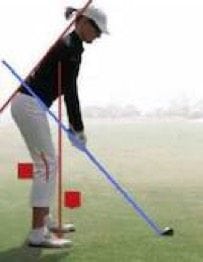 2. Ball Position depends on club
2. Ball Position depends on club
- In line with lead heel if wood.
- Short Iron center of stance.
- Long Iron slight forward of center
3. Balanced stance
- Feet shoulder width apart
- Slight knee flexion
4. Club alignment
- In line with belt buckle
5. Head looking at ball
- Shoulders and hips parallel to ball.
- Lead wrist ulnar deviation (wrists and fingers bent).
Back Swing “Take-away”
1. Pull back from ball.
- “Breaking the pane.”
2. Trail shoulder draws up.
3. Lead shoulder points to ball.
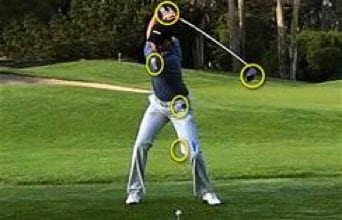 4. Lead leg interior rotates.
4. Lead leg interior rotates.
5. Hips rotate away from target.
6. Spine rotates toward target.
7. Weight transfers to Trail leg (65 percent).
8. Lead wrist bows.
9. Trail wrist cocks.
Down Swing
1. Pendulum swings back in the plane established.
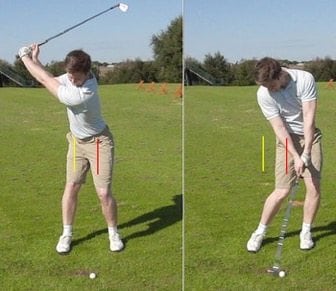 2. Pelvis rotates to get power.
2. Pelvis rotates to get power.
- Trail hip transitions to interior rotation.
- Lead hip transitions to exterior rotation.
3. Shoulders and thoracic spine rotate forward.
- C-spine maintains looking at ball.
4. Wrists roll as impact is made.
5. Weight transfers to lead leg.
Early Follow Through
1. Continuation of “wrist break” and rolling.
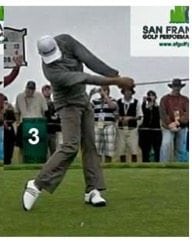 2. Thoracic spine, shoulder and hips continue rotation towards target.
2. Thoracic spine, shoulder and hips continue rotation towards target.
3. Weight transfers through hips to front leg.
4. Club continues on plane established by back swing.
For more information, visit the Center for Musculoskeletal Health by clicking here, or call 860.972.5950.

